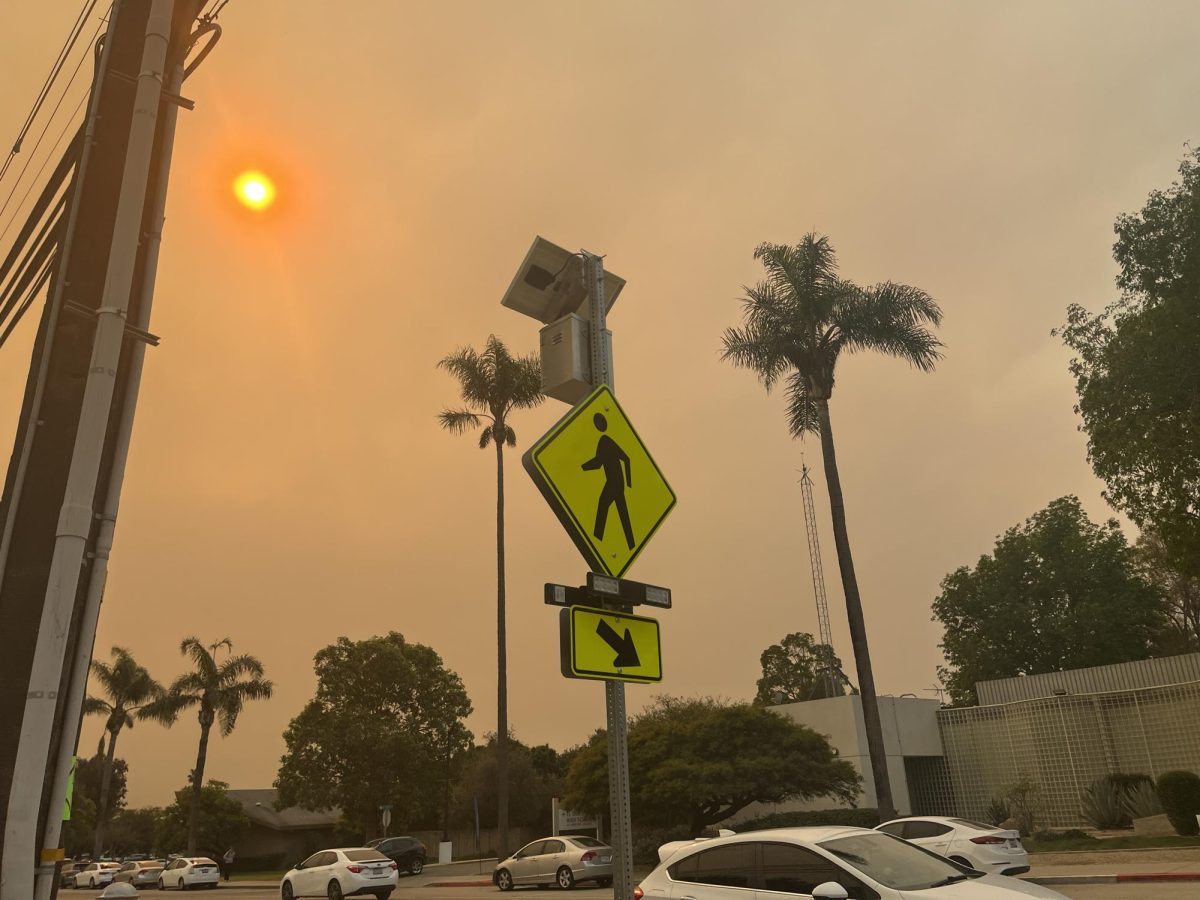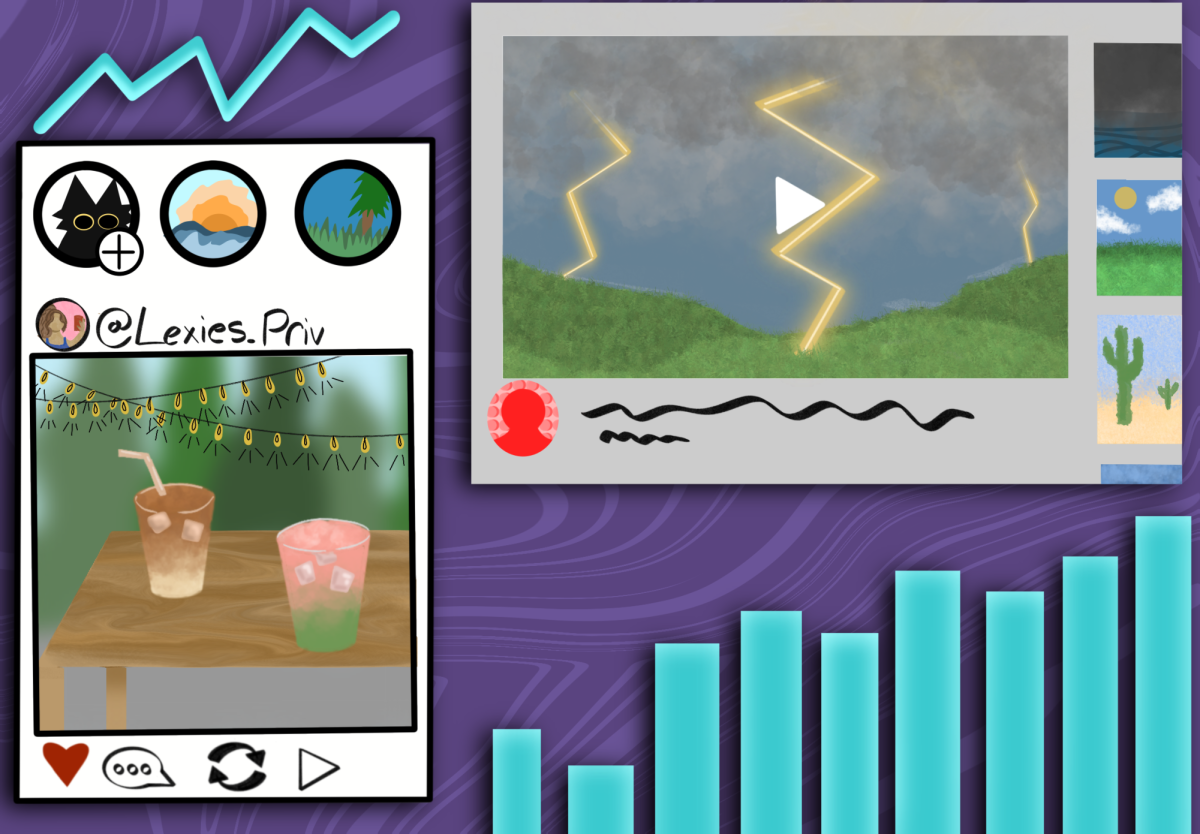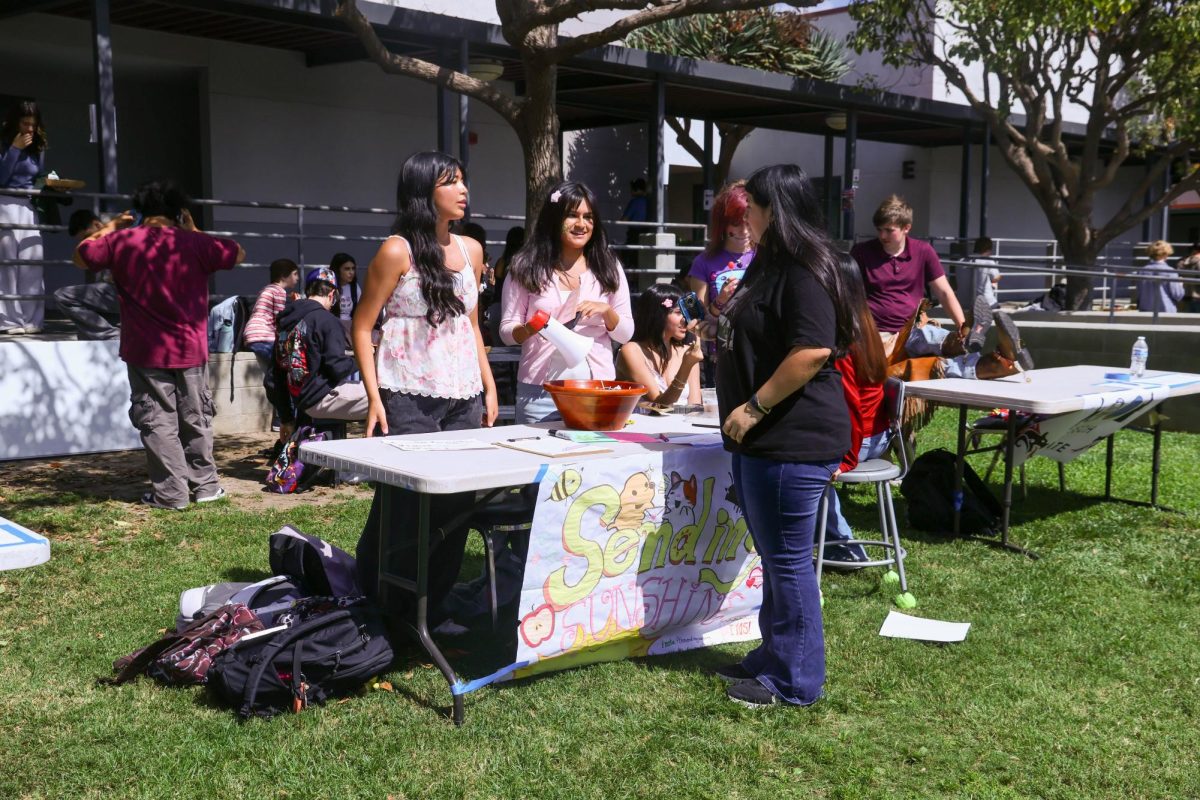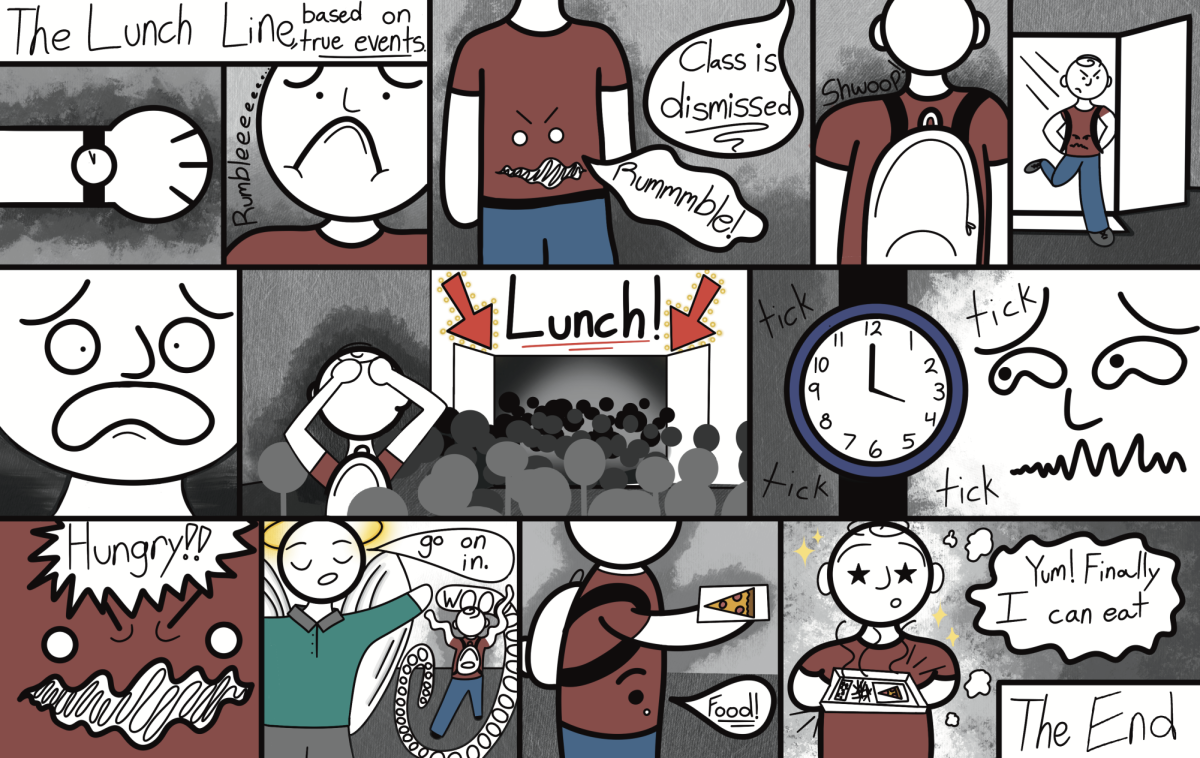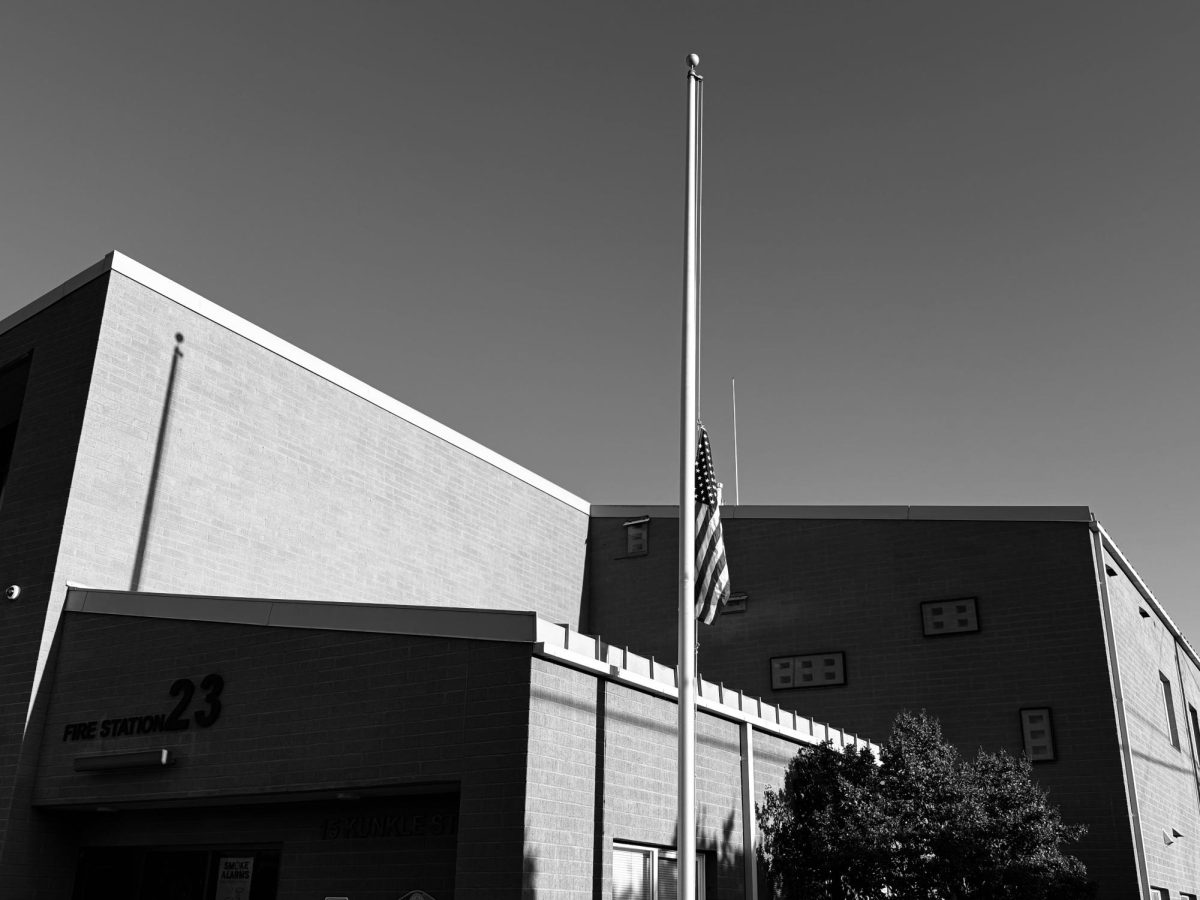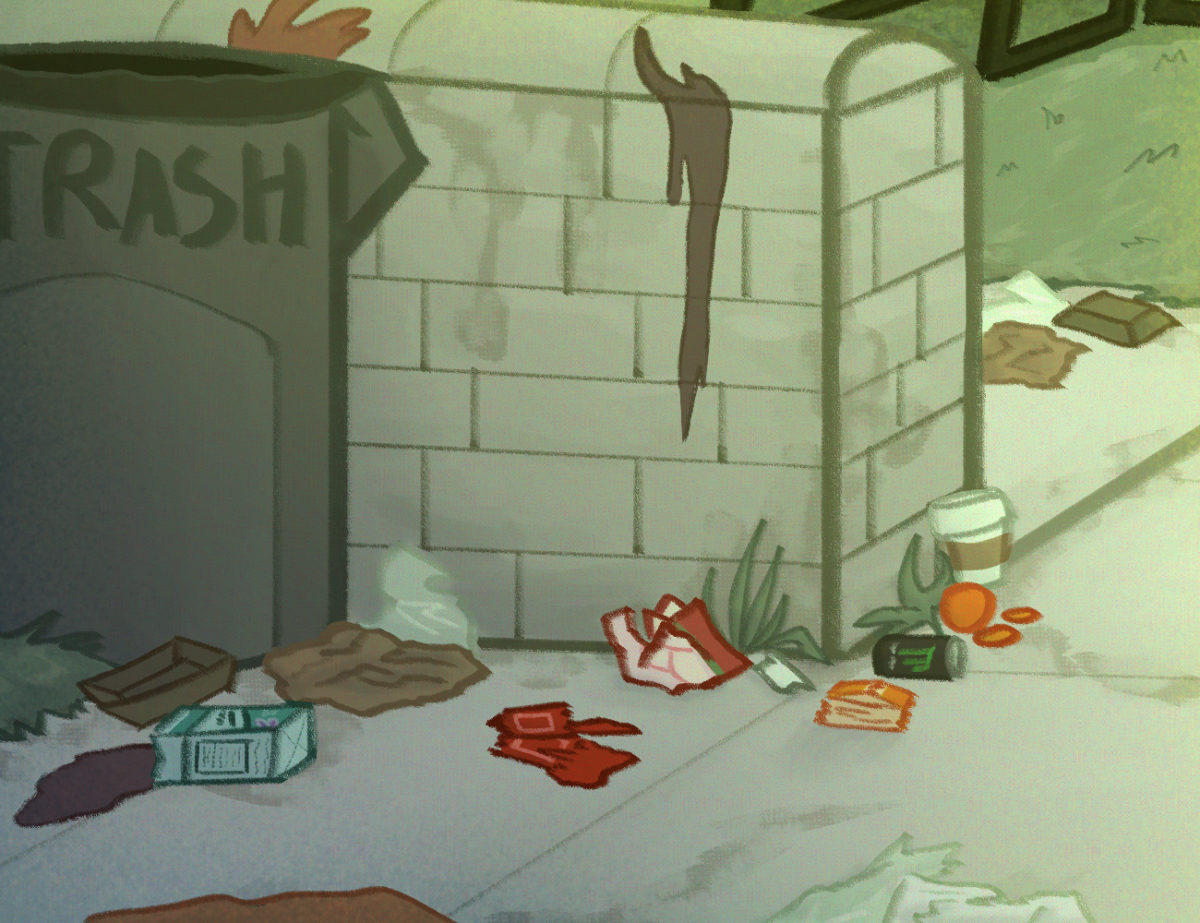Typically, Southern California’s fire season draws to a close around late autumn. Yet, it appears that the Santa Ana winds are giving a belated goodbye to the west coast. Since the start of the year, California has already been razed by 331 wildfires, 57,637 burned acres, 29 lives lost and 16,255 destroyed structures (CAL FIRE). In case you’re wondering, that’s already more than $250 billion in damages (LA Times).
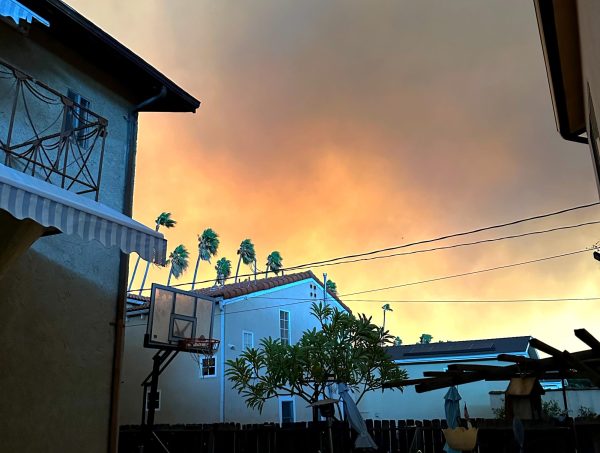
The exalted coastline of Santa Barbara and Ventura County, the luscious, sprawling hills of Hollywood and the clamorous metropolitan of Los Angeles all share one thing in common: in the past few years, they have all been the site of major wildfires. The Golden State has been dealt with debilitating blow after blow, and the severe drought settling in only exacerbates the effect of the countless fires that blaze across California’s vulnerable curves.
The cause of these fires are complex, but they all have one ubiquitous element: they are the result of human actions, whether direct or indirect. Besides the numerous accounts of arson and campfire sparks, the accumulated environmental costs of urbanization, the burning of fossil fuels, deforestation and more have created the perfect conditions for devastating fires.
Beyond climate change, another critical factor influencing wildfire behavior is the loss of Southern California’s natural coastal chaparral biome. The native ecosystem comprises drought-tolerant evergreen shrubs that are accustomed to California’s natural affinity for brush fires. However, with the introduction of various invasive grasses — reed and mustard plant species — the landscape has become increasingly susceptible to fast-spreading, destructive fires that leave the land charred and barren. And unlike the resilience of indigenous vegetation, these invasive species are slow to recover and leave hillsides vulnerable to mudslides.
It is clear that the effects of climate change can no longer be ignored and demand immediate action. Recurrent fires have left cities in pieces that cannot easily be rebuilt. They not only take a toll on citizens, structures, companies and communities, but they also take a toll on the Earth of future generations. According to the Environmental Defense Fund, “Severe heat and drought, which are worsening due to climate change, can fuel wildfires.” Additionally, “Hotter temperatures evaporate more moisture from soil and vegetation, drying out trees, shrubs and grass and turning leaf litter and fallen branches into kindling.”
On a local level, constraints on the state’s budget have hampered firefighting efforts. According to AP News, “California will spend $2.5 billion to help the Los Angeles area recover from wildfires.” However, the LA Times reports that the Mayor of Los Angeles, Karen Bass, made significant budget cuts to the LA Fire Department while increasing the budget of the LA Police Department. “Her proposal, unveiled in April, sought $23 million in cuts to the department, with much of it focused on reduced equipment purchases.”
Bass’ decision sparked debate and rage among citizens in Los Angeles and surrounding areas. Bass faced many criticisms, including the fact that she attended a diplomatic trip to Ghana directly after the first weather alert. Bass addressed these concerns, stating that she took the fastest route back to Los Angeles and is committing all her effort into mitigating the fires.
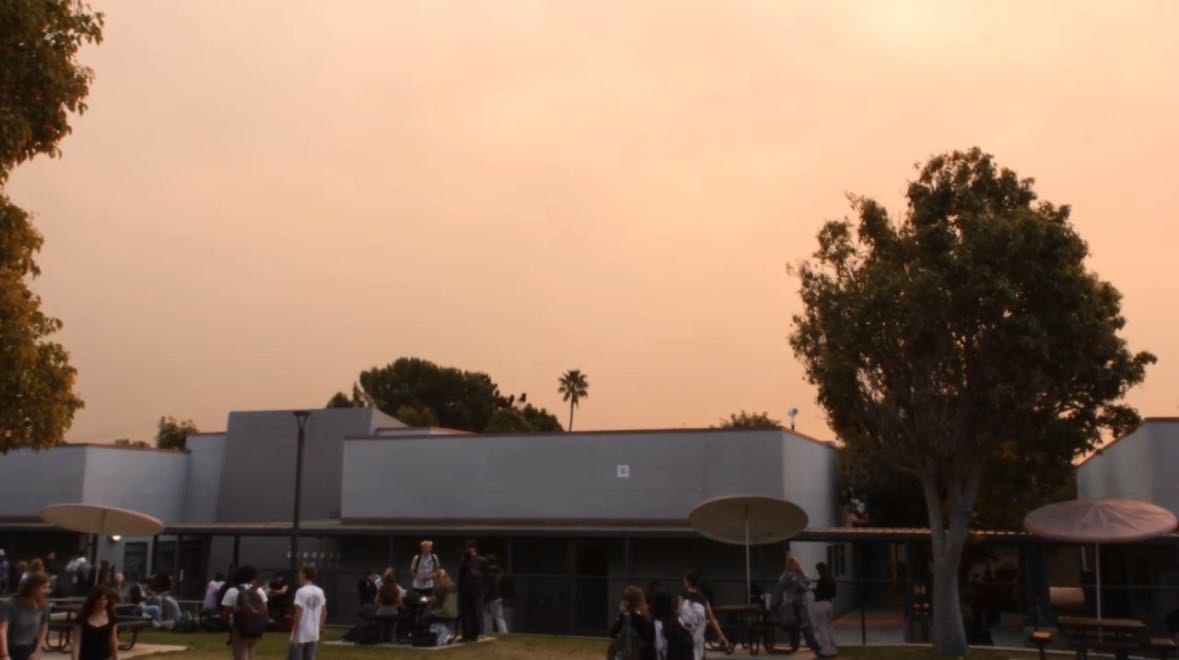
At the state level, Governor of California Gavin Newsom has taken swift actions to control the flames ravaging the city. According to his office, Newsom activated over 2,500 California National Guard service members to assist with firefighting efforts and emergency operations as soon as the fires broke out. Other actions include beginning to rebuild the affected Los Angeles areas, cleaning up debris left by the flames and tracking temporary housing.
But in the larger picture, these efforts to mitigate the immediate effects of brush fires will no longer be enough. It isn’t as if these accelerating national disasters are the only problems California faces at the moment. Larger movements must take place on national and global stages.
The reality that we face is stark: without collective action, these wildfires will only grow in frequency and intensity. How much longer can we accept this as our new normal?
We no longer wish to witness the skies above our school smoldering brick red. How normalized will frequent fires become for generations after us? We have dealt with ash-choked skies, school power outages and displaced families, just to name a few effects. However, we might be able to reach a clearer future on the horizon — if only we band together to fix the crisis that we have created.

